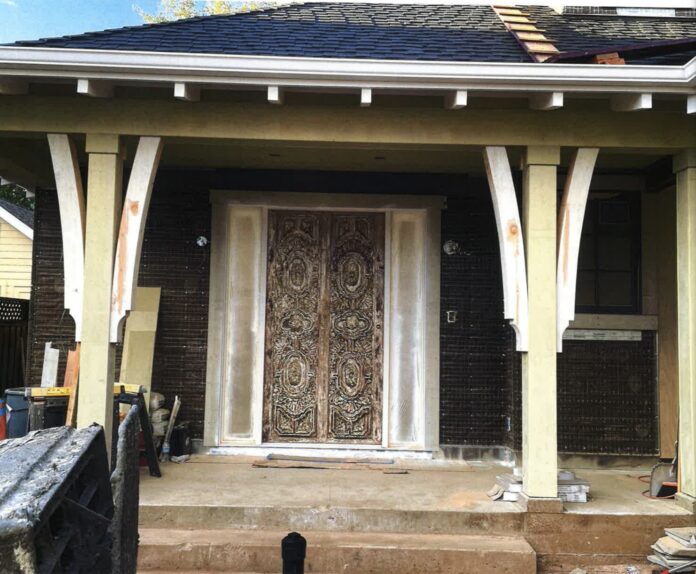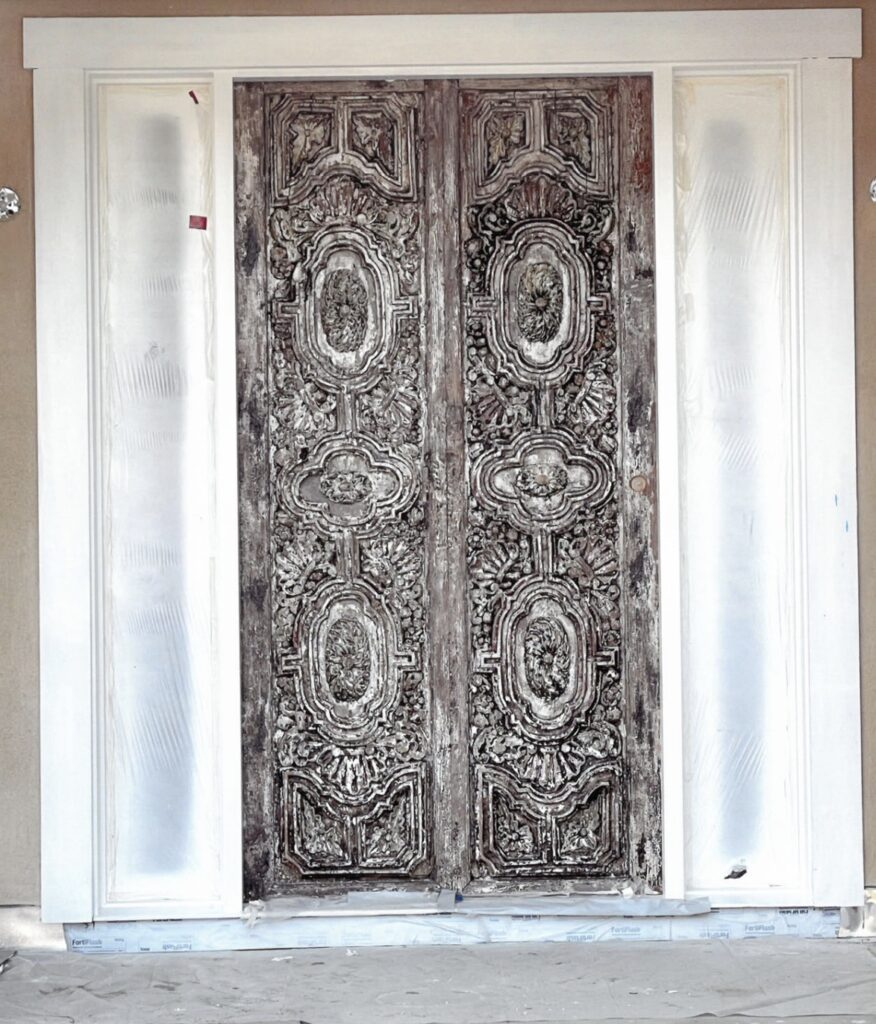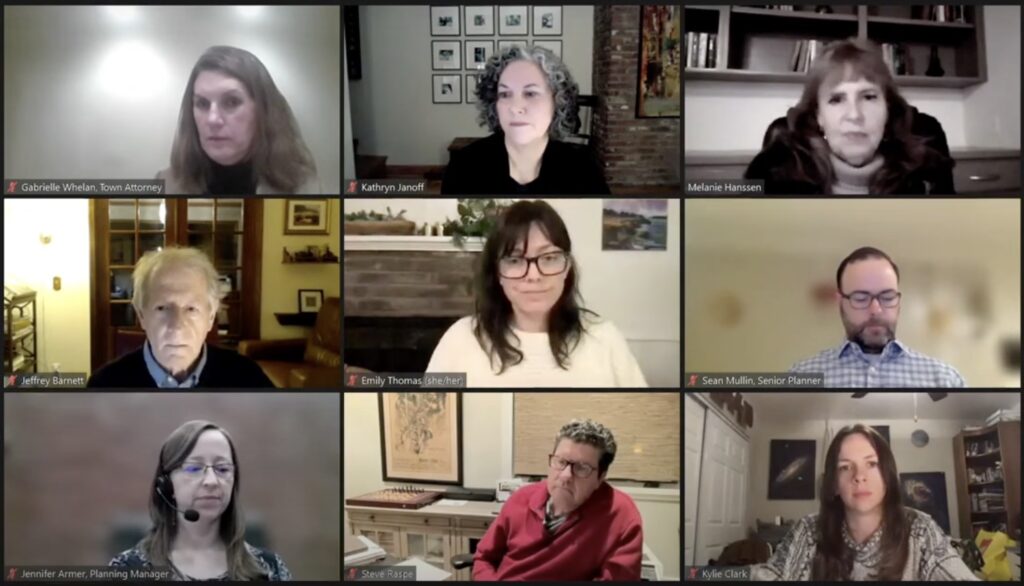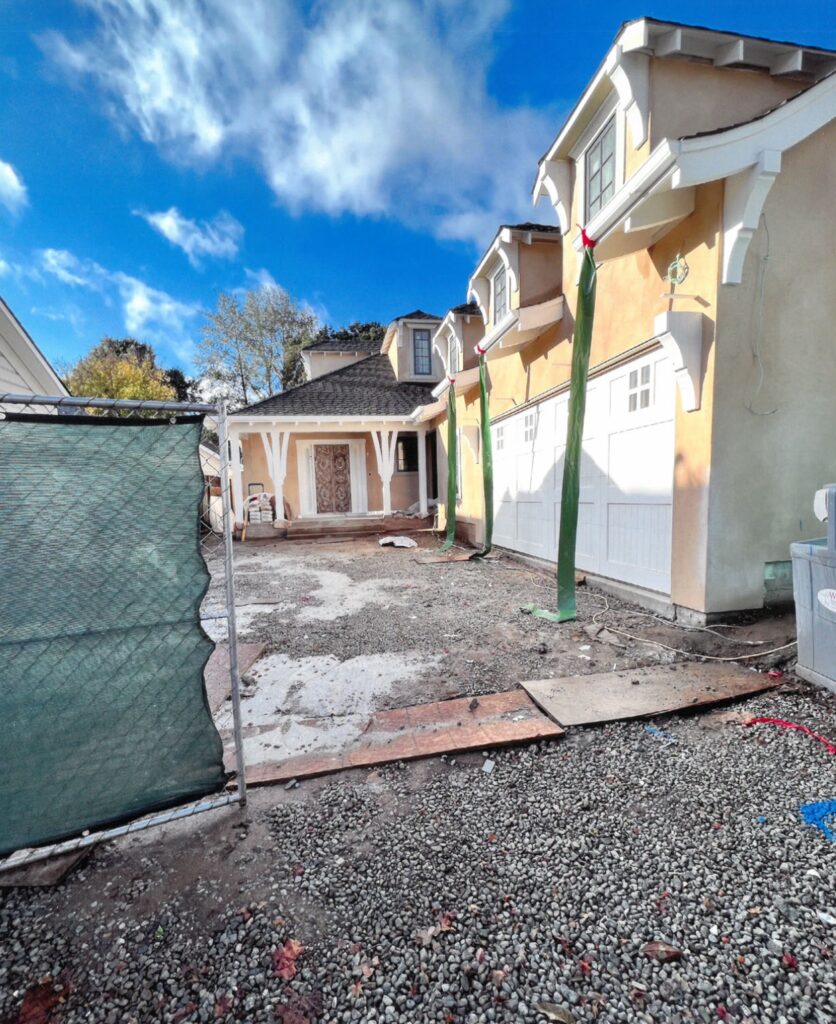
At first glance, it may have appeared a routine Planning Commission item where a well-connected former mayor was attempting to get a variance pushed through against good architectural practice.
But as the public hearing for Mike Wasserman’s drive to keep a 300-year-old Mexican door—from the home where he grew up—at a new residence in Los Gatos, the Jan. 11 outpouring of community support served to highlight key elements of the town’s fabric.
“For the last 20 years I have served Los Gatos as a councilman, a mayor and a county supervisor,” Wasserman began, addressing the members of the Planning Commission. “I thank you for your volunteer service. Thank you also for reading the history of our door, and the two dozen letters of support for our door—and the petition signed by 65 neighbors in support of our door, including everyone on our street.”
That door has plenty of tales to tell.
In letters dripping with emotion sent to staff and Historic Preservation Committee members, Wasserman explained how the door spent 48 years on his parents’ home, which his mother designed and built despite facing sexism at the outset.
“Honey, that’s not how we do it,” one male architect told her when she tried to share some of her ideas with him. “Why don’t you ask your husband to make an appointment with me…us guys can figure it out and you can care for the children.”
When she told the American Institute of Architects’ Santa Clara County chapter president, she was planning on going to school so she could build the house herself, he talked down to her.
“That’s not a good job for a woman,” he said. “Maybe you could be a secretary for an architect.”
Instead, she went and got master’s degrees in architecture and engineering from Stanford University.
“I remember in 1972 going to her graduation and how proud I felt seeing her in cap and gown,” Wasserman told Community Development Director Joel Paulson in November. “She was the only woman in her class.”
In 1973, as she was in the middle of building their dream family home, Wasserman’s mother and father took a trip to Tlaquepaque, Mexico.
There they found and acquired a 300-year-old wooden door.

She brought it to America and had it installed at their “Ojo del Monte” property, which once belonged to the family that had owned the largest prune orchard in California—where Robert Louis Stevenson once stayed in a log cabin.
“Mom was all about authentic and historical,” Wasserman told HPC last month, noting their family soon developed a religious affinity for the handcrafted former church door. “She knew these lands had originally been part of Mexico—as California had only become a State in 1850, and Los Gatos a Town in 1887—so having a door from the early 1700s…was an awesome link.”
Through the years the door remained sturdy, but Wasserman’s mother began to falter, and in 2014 was forced to sell the home due to medical reasons.
Since then, the house changed hands a couple times, and when the current owner moved to construct a new home.
Luckily, a planner from the County’s Planning Department remembered it was where Wasserman grew up and gave him the heads up that it was about to be demolished.
“I called the new owner and asked if I could have my family’s historical door, and he said yes,” he said of the 2021 transaction. “Obviously I thanked that planner profusely.”
But that’s where the problems in Los Gatos began.
‘In 15 or more of my books on American domestic architecture and design, I have yet to find a 300-year-old door from Mexico as an example on a Tudor house’
—Susan Burnett, commissioner
Wasserman had just received approval the prior year from Los Gatos for a Tudor-style house in Los Gatos that described a totally different type of door.
The Mexican door’s new home had previously been deemed non-historic, but is located in the Broadway Historic District, meaning strict rules still apply when building or remodeling.
On Dec. 14, HPC denied Wasserman’s request to keep the door at his Los Gatos home.
As part of an appeal, Bess Wiersema wrote to Senior Planner Sean Mullin, Dec. 22, to argue their case.
Wasserman’s current home falls into the “Tudor / Tudor Revival / New Traditional” style, which feature “jerkinhead” or turned hip-over-gable roofs, heavy timber on the façade and heavy paneled entryways of solid wood.
“Our project contains all of these, in a respectful and characterful manner,” she said. “On the original plans, there was no front door articulation, rather an all-glass French-type door, recessed back in the heavily-hooded porch…As the project developed, the Wasserman family was lucky to inherit a real, antique door with immense character—and the aesthetic coincides with the approved style of the home.”

In an email in support of Wasserman’s position sent Dec. 27, Mayor Maria Ristow and her husband Warren remarked that it seemed odd HPC felt the door in the original plans—which could come from a factory in China—was preferable to a 300-year-old antique wooden door.
“In the interests of Historic Preservation, we believe preserving family history will only make the new home at 253 W. Main fit better into the Broadway Historic District,” said the Ristows, who live in the same historic district. “Our homes are varied styles, colors, ages, lending a lovely eclectic and authentic look to the district. The use of this antique family door seems like the perfect answer to helping a new home contribute to our history.”
Planning Commissioner Susan Burnett recused herself as the hearing started, since she’d been on HPC when Wasserman’s door issue came up.
But she spoke during verbal communications to explain why she was one of two people who voted against it.
“I was correct in my findings,” she said, pointing to design guidelines officials are instructed to follow. “It clearly states most architectural styles have a distinct, unique entry type. Avoid using an entry type that is not a part of the style. In 15 or more of my books on American domestic architecture and design, I have yet to find a 300-year-old door from Mexico as an example on a Tudor house.”
She was followed by a man named Frank of Mexican heritage who said he’d enjoyed learning the backstory to Wasserman’s front door.
“One of my first impressions was that it—without a doubt—complements the historic character of the neighborhood,” he said. “But, looking deeper, I welcome it as a symbol of diversity and connection.”
And he smarted at Burnett’s strong opposition to adding a Mexican influence to a new construction modeled on a traditional British style.
“I do appreciate being able to speak after one commissioner made her comments—who I completely disagree with,” he said. “I would oppose a decision to deny Mr. Wasserman’s appeal because the door ‘doesn’t belong here.’ Sadly, that’s a comment that I—and people of varying backgrounds—are too familiar with.”

Commissioner Steve Raspe, a real estate attorney, said newer materials are often introduced into older-style structures.
“That, by itself, isn’t a disqualifying feature,” he said. “Oftentimes new technology is better than the old.”
Likewise, just because a feature is old, doesn’t necessarily mean it should be rubber-stamped.
“Indeed, it’s got to fit the style of the home, and this home—I think by applicant’s own admission—is a Tudor-style home,” he said. “Now, is this door appropriate for a Tudor-style home? I think the applicant’s made some persuasive arguments that it might be.”
In the end, Planning Commission voted unanimously to approve Wasserman’s door.









